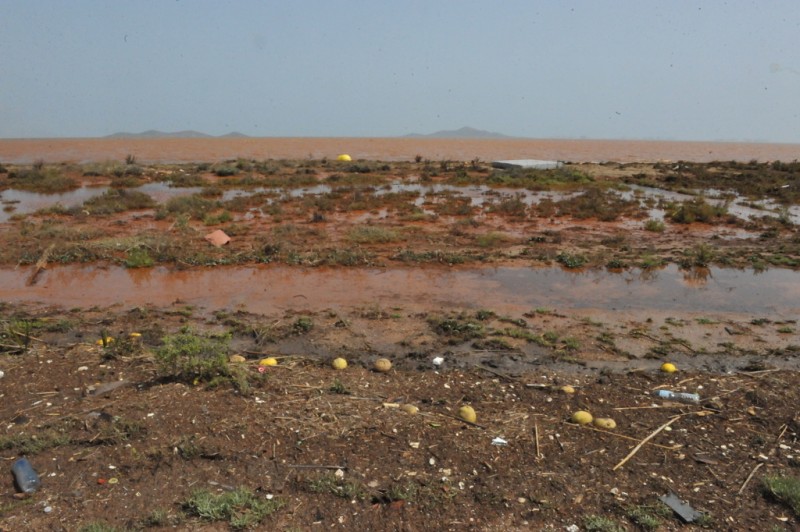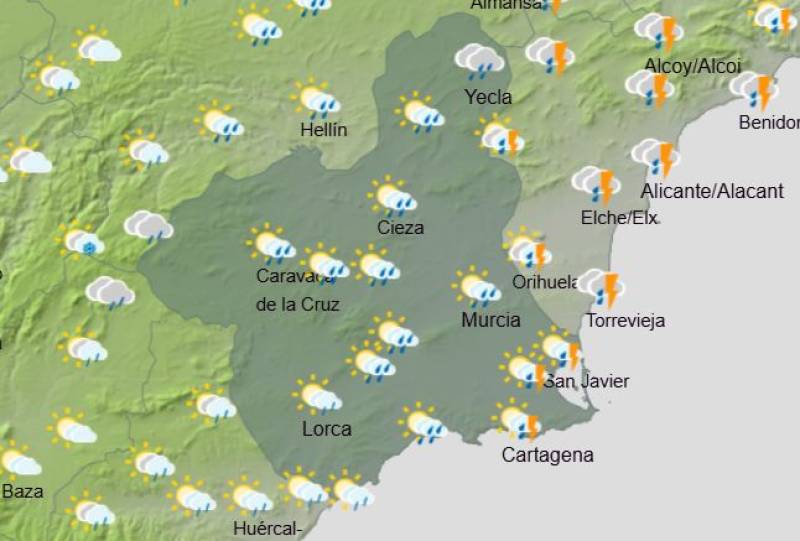

Guidelines for submitting articles to Mar Menor Golf Resort Today
Hello, and thank you for choosing Mar Menor Golf ResortToday.com to publicise your organisation’s info or event.
Mar Menor Golf Resort Today is a website set up by Murcia Today specifically for residents of the urbanisation in Southwest Murcia, providing news and information on what’s happening in the local area, which is the largest English-speaking expat area in the Region of Murcia.
When submitting text to be included on Mar Menor Golf Resort Today, please abide by the following guidelines so we can upload your article as swiftly as possible:
Send an email to editor@spaintodayonline.com or contact@murciatoday.com
Attach the information in a Word Document or Google Doc
Include all relevant points, including:
Who is the organisation running the event?
Where is it happening?
When?
How much does it cost?
Is it necessary to book beforehand, or can people just show up on the day?
…but try not to exceed 300 words
Also attach a photo to illustrate your article, no more than 100kb

4,000 episodes of flooding on the east coast of Spain in the last 1,000 years
Flooding has been exacerbated by the change in land use over the last millennium
While it is important not to underestimate the intensity of the Gota Fría storm which has caused widespread flooding in Murcia and Alicante over the last few days, or to belittle the suffering of those whose homes and properties have been damaged, information compiled by the Polytechnic University of Catalunya shows that the Mediterranean seaboard of Spain has been affected by 3,980 floods over the last 1,000 years, averaging out at almost exactly 4 per year.
In other words, although the most recent Gota Fría may have been unusually long-lasting and intense, it is not such an unusual meteorological event as some appear to believe!
The purpose of the Physics Department of the university in compiling the information is to increase the ability to predict extreme weather events and to design appropriate responses, and the list along the eastern coast of Spain includes both flash flooding caused by rain and cases of rivers bursting their banks. The data clearly show that storms of this nature are especially common during the autumn – as anyone who has lived in the south-east of Spain for a few years will already know – and also point to far more irregular patterns of rainfall developing as climate change progresses, with more periods of drought and more episodes of torrential rain between them.
Also taking part in the project have been contributors at the universities of Barcelona, Lleida, Murcia and Alicante, and between them they have found that 14,500 cases of flooding occurred in the 3,980 recorded episodes between 3rd November 1035 and 31st July 2019. In the earlier Gotas Frías, of course, accurate measurements of rainfall are not available, but the 300 millimetres or so which fell on Friday in some locations fall a long way short of the record since reliable statistics were first produced: on 3rd November 1987 an incredible 817 millimetres accumulated in Oliva in the province of Valencia.
No figures are available for the truly catastrophic floods in past centuries, for example those of November 1617 along the whole of the Mediterranean coastline, in 1787 in southern Catalunya and in 1853 in the rivers Cinca, Segre and Ebro. However, the different land uses which are prevalent in the 21st century make the effect of heavy rain more dramatic, with built-up areas reducing the amount of water absorbed by the land and leading to faster run-off.
Join the Murcia Weather Watch group on Facebook to keep up to date with all the latest forecasts and weather related stories: https://www.facebook.com/groups/RegionOfMurciaWeatherWatch/.
See full background information related to the Murcia Gota Fria 2019.

















